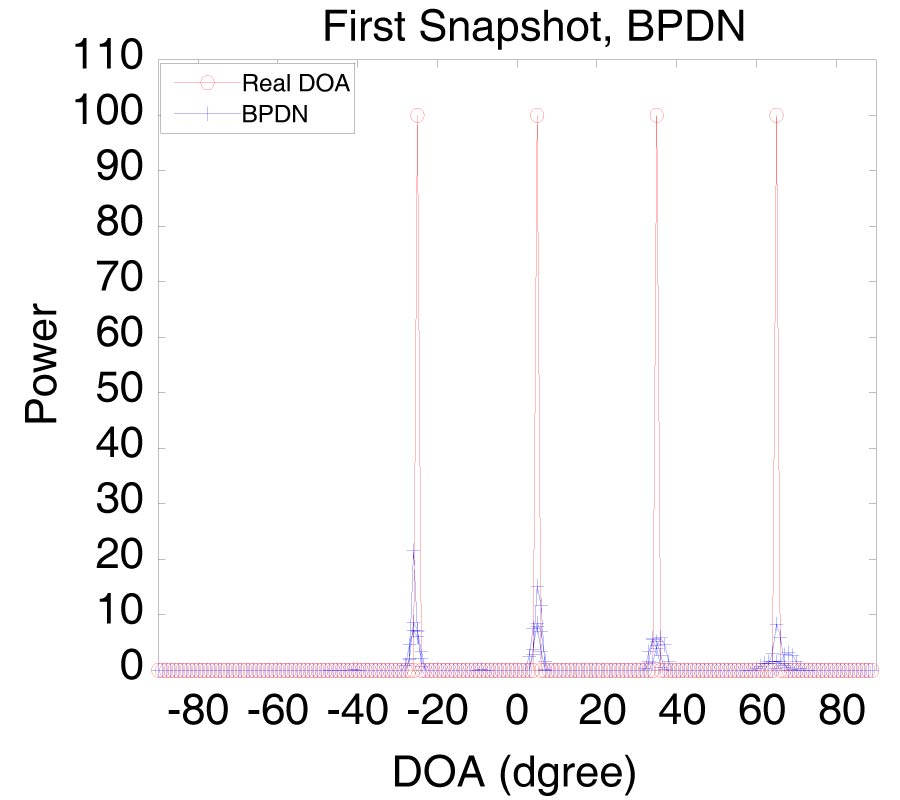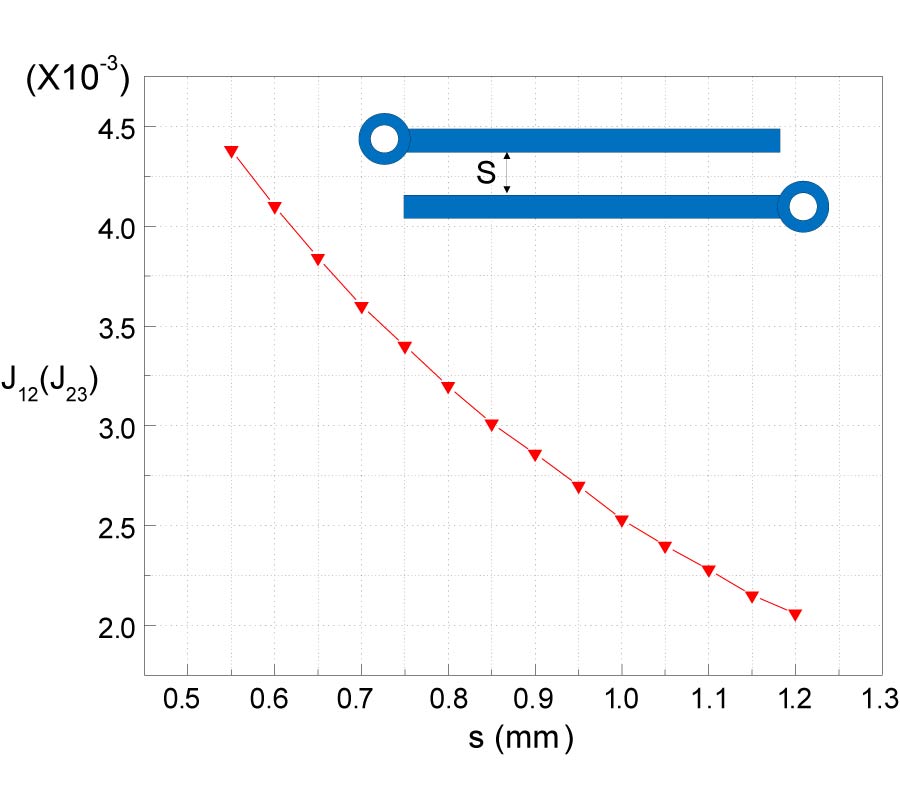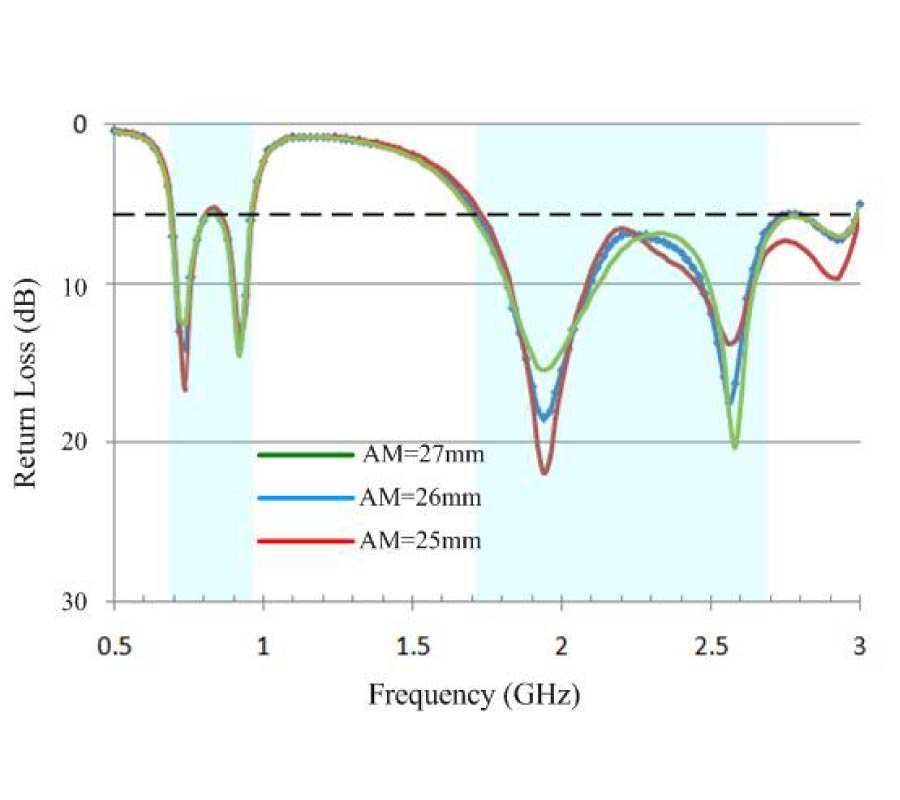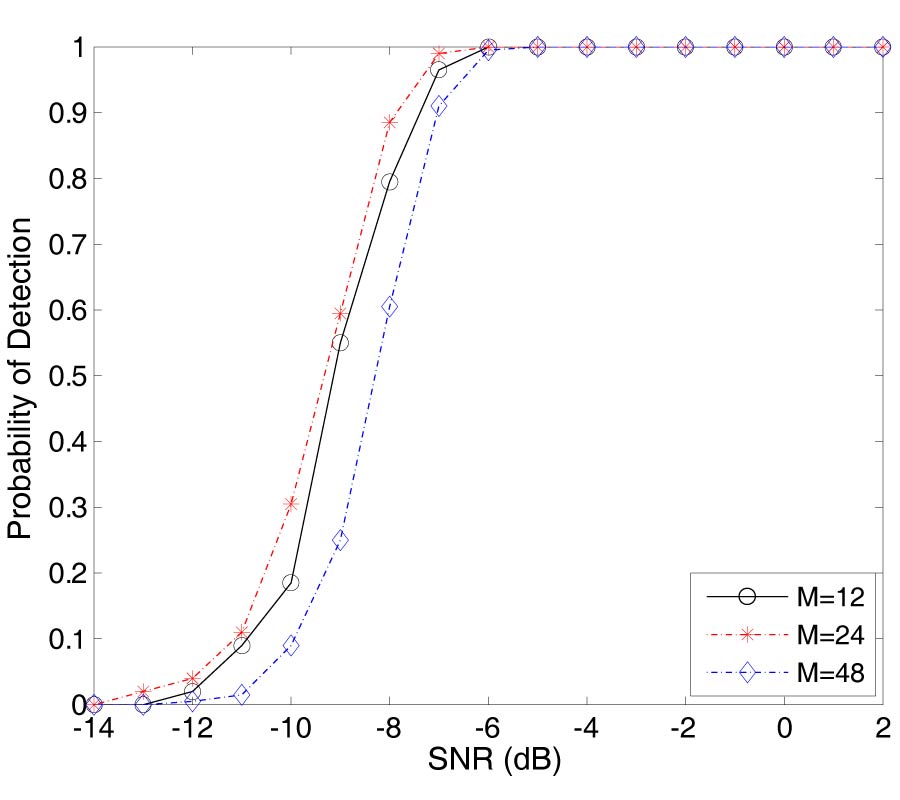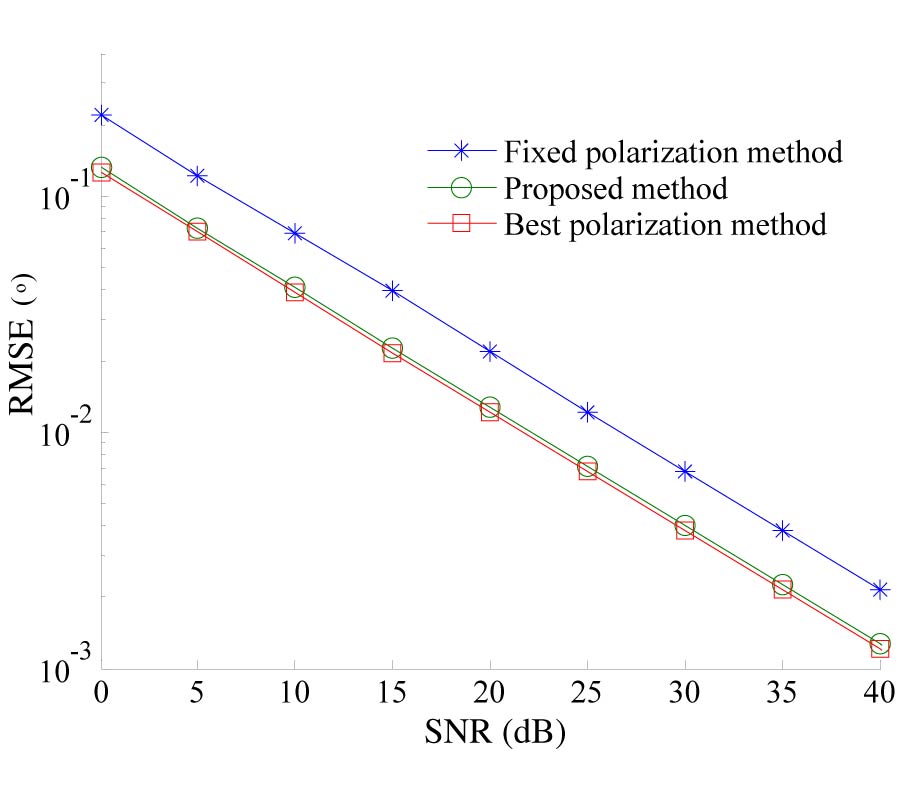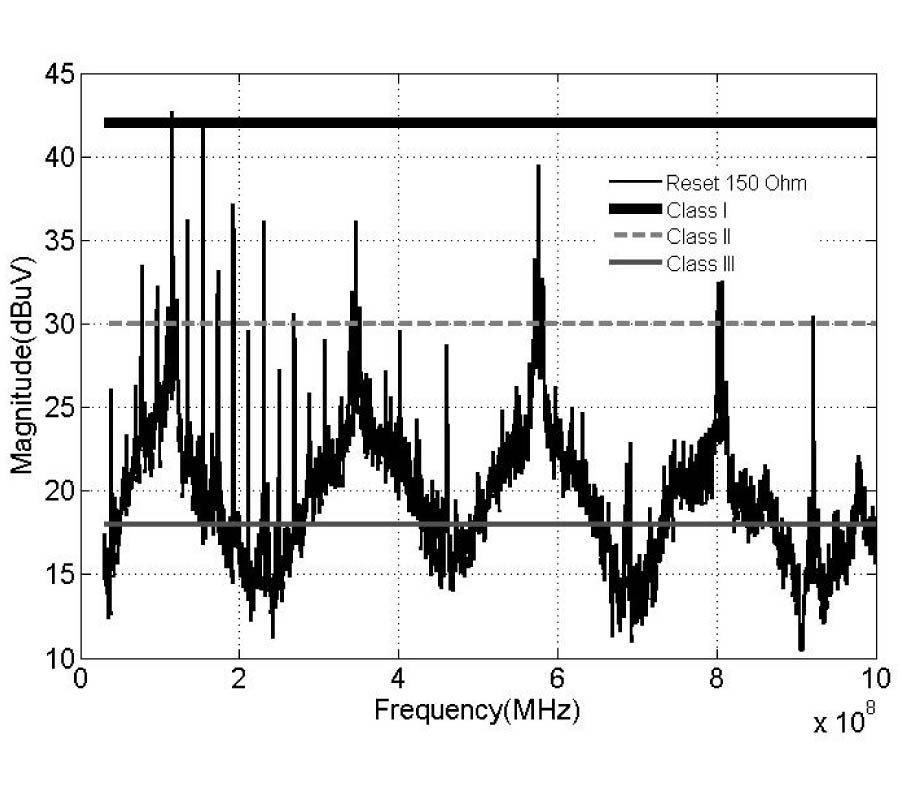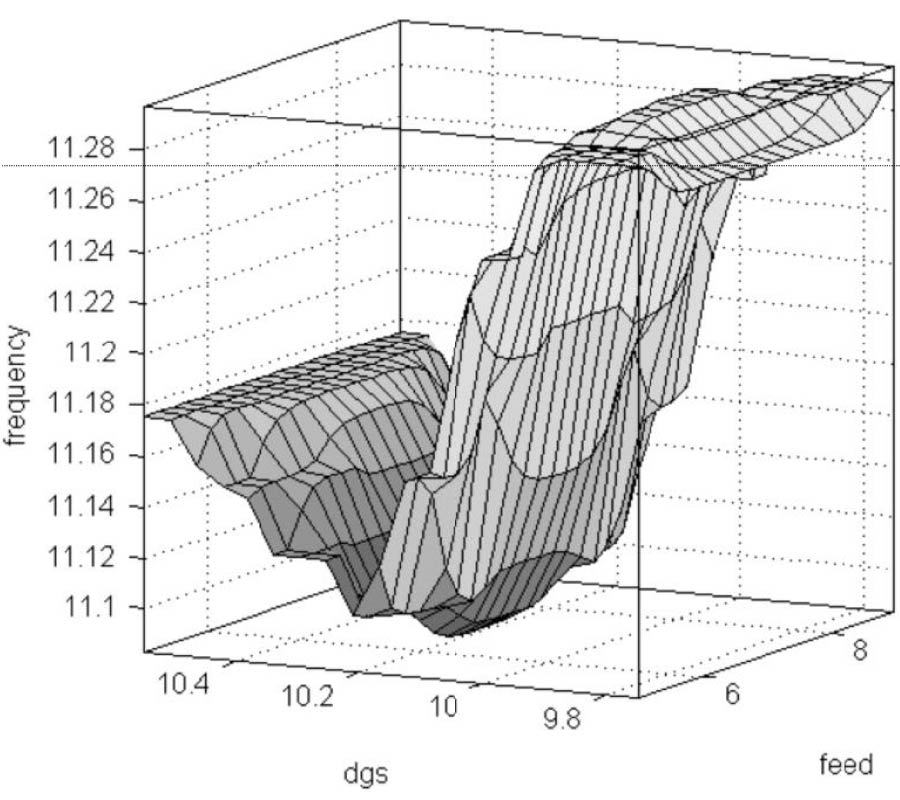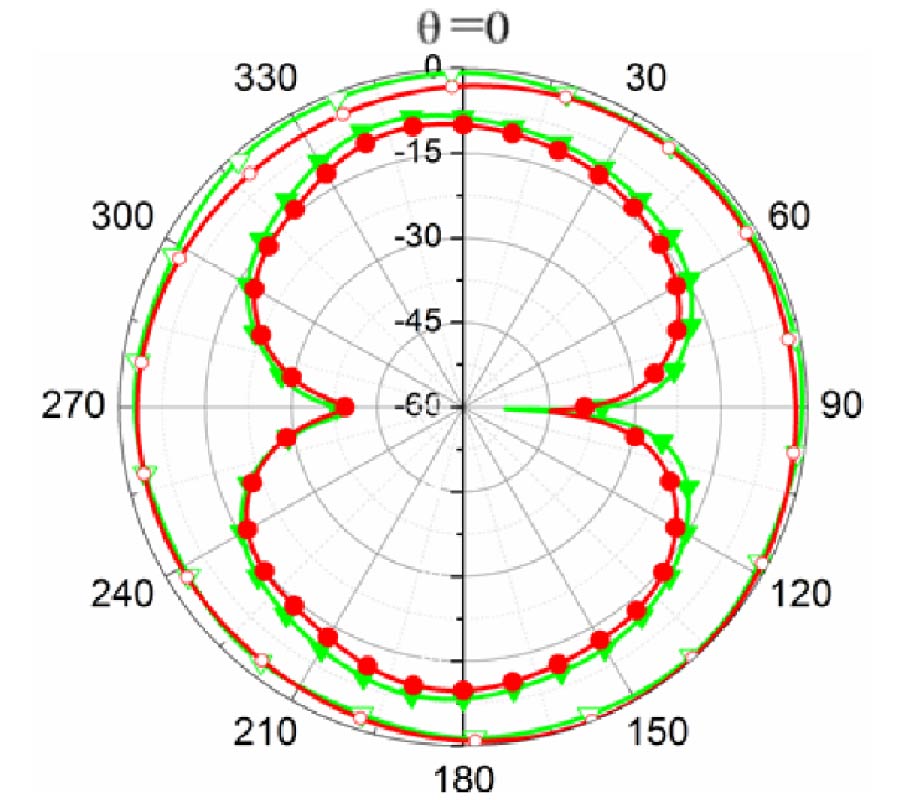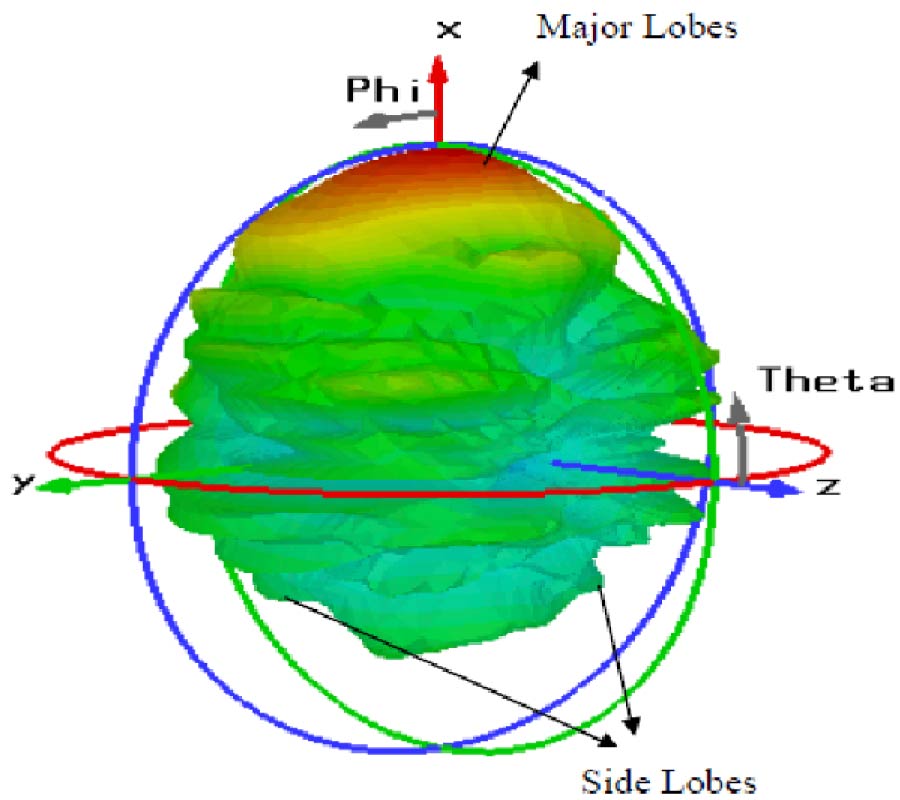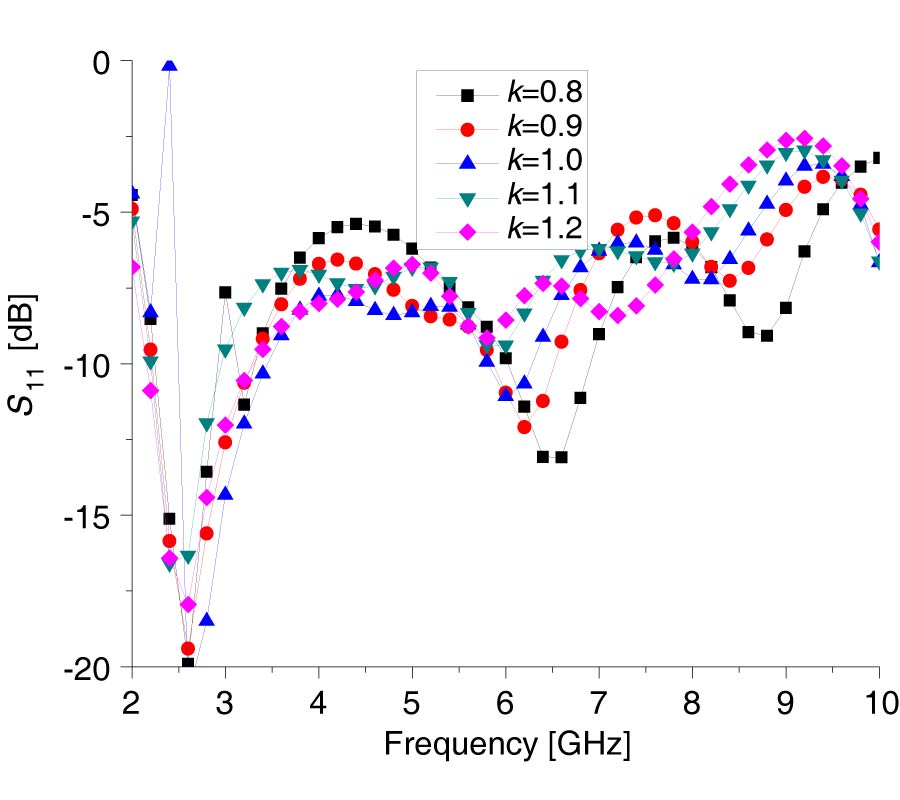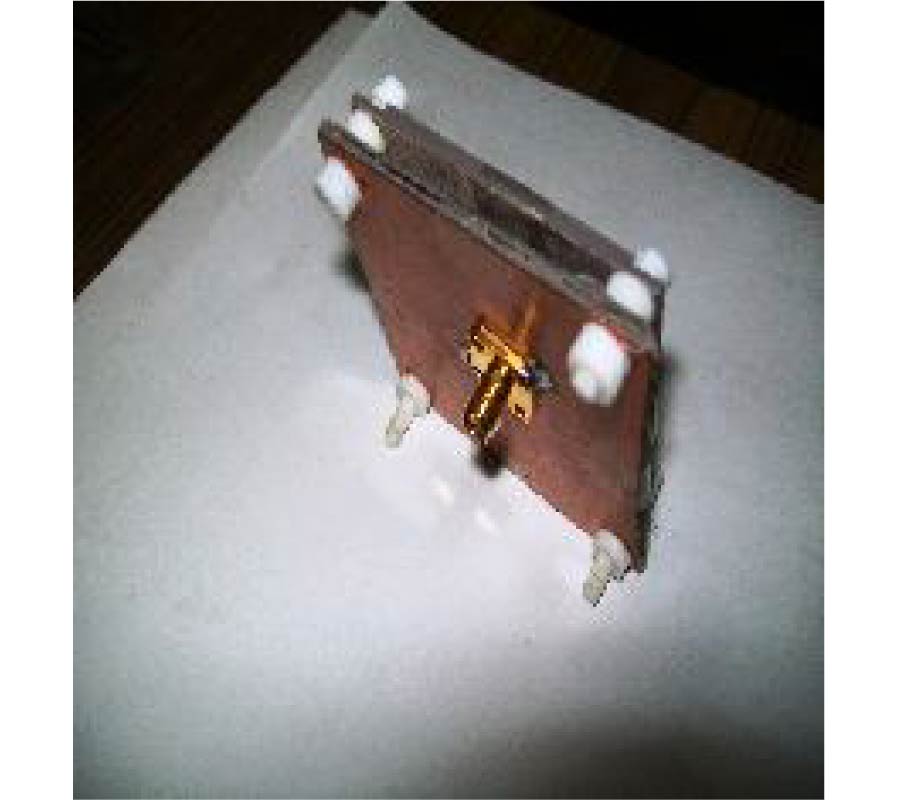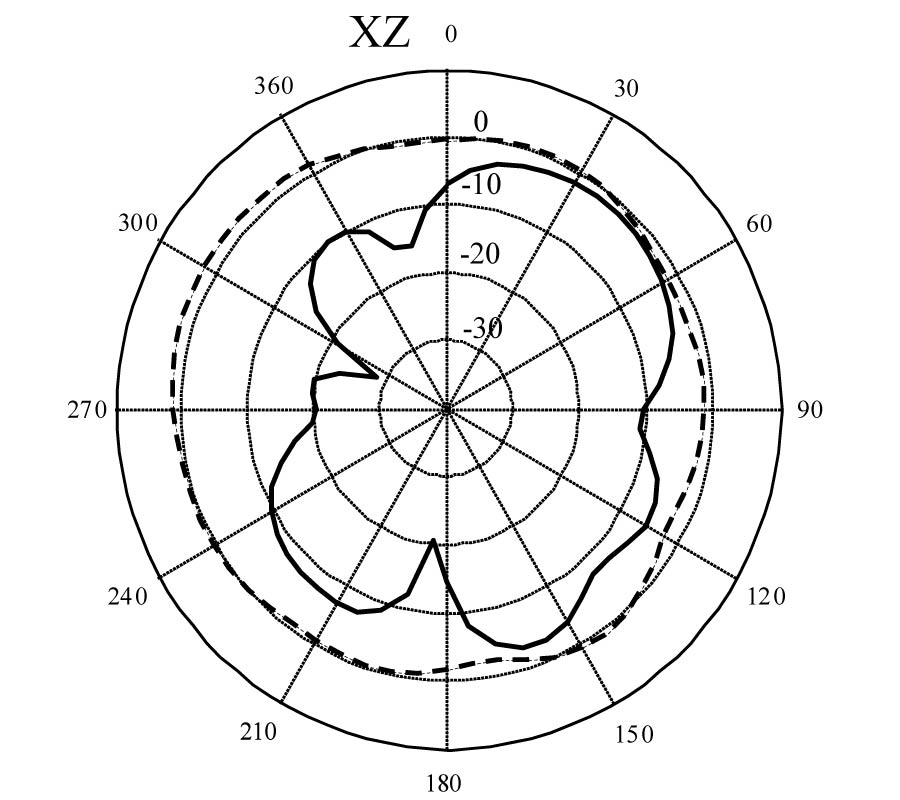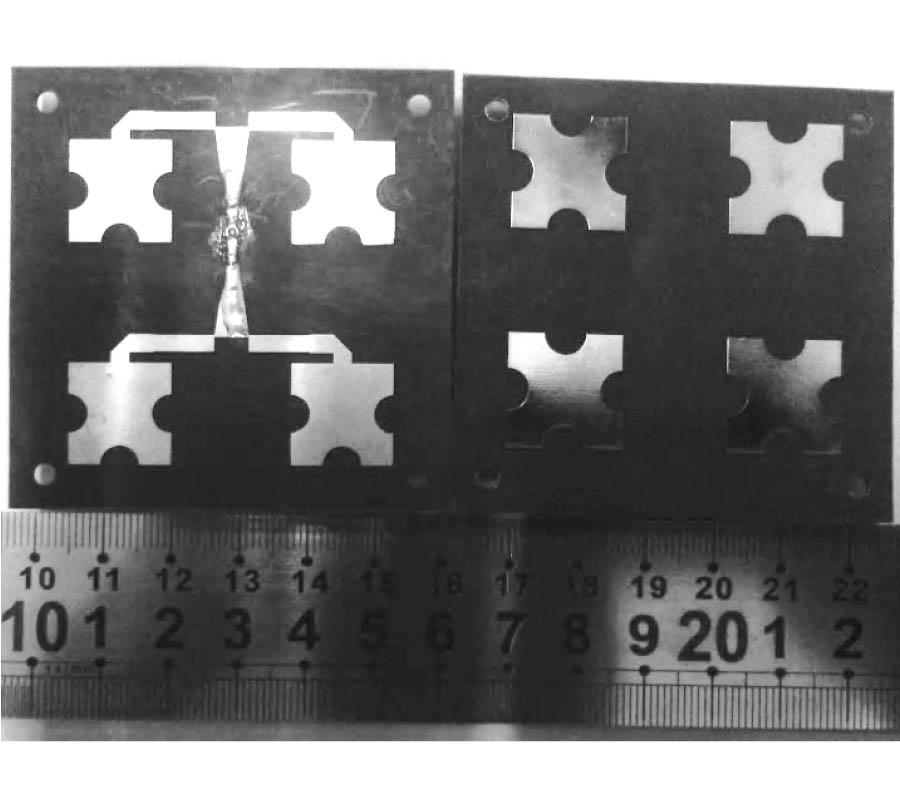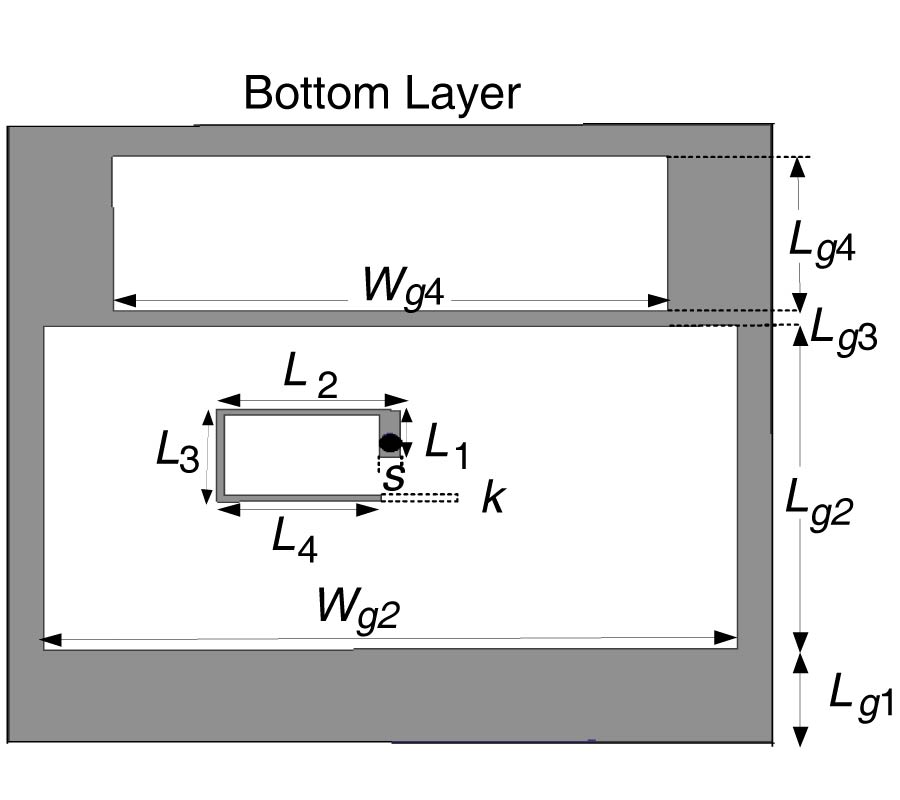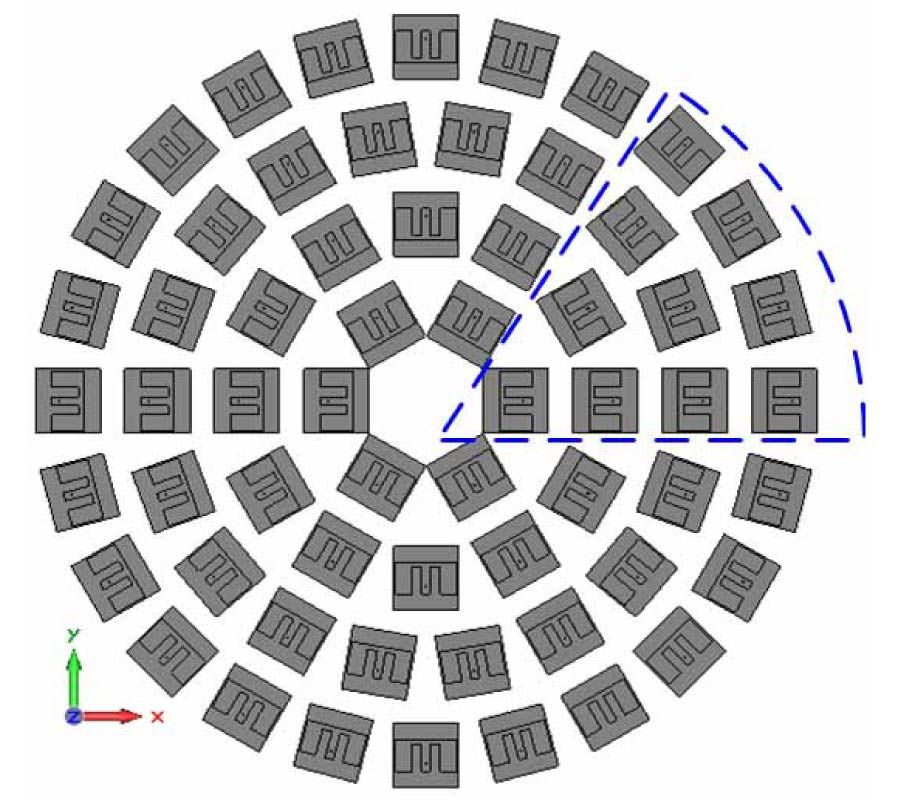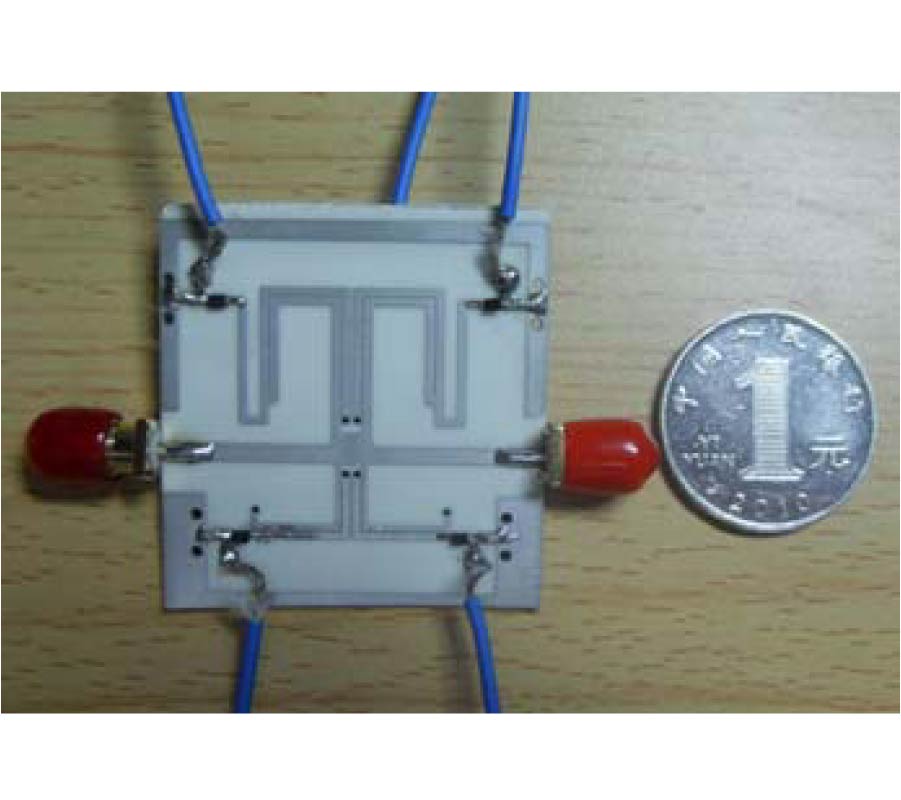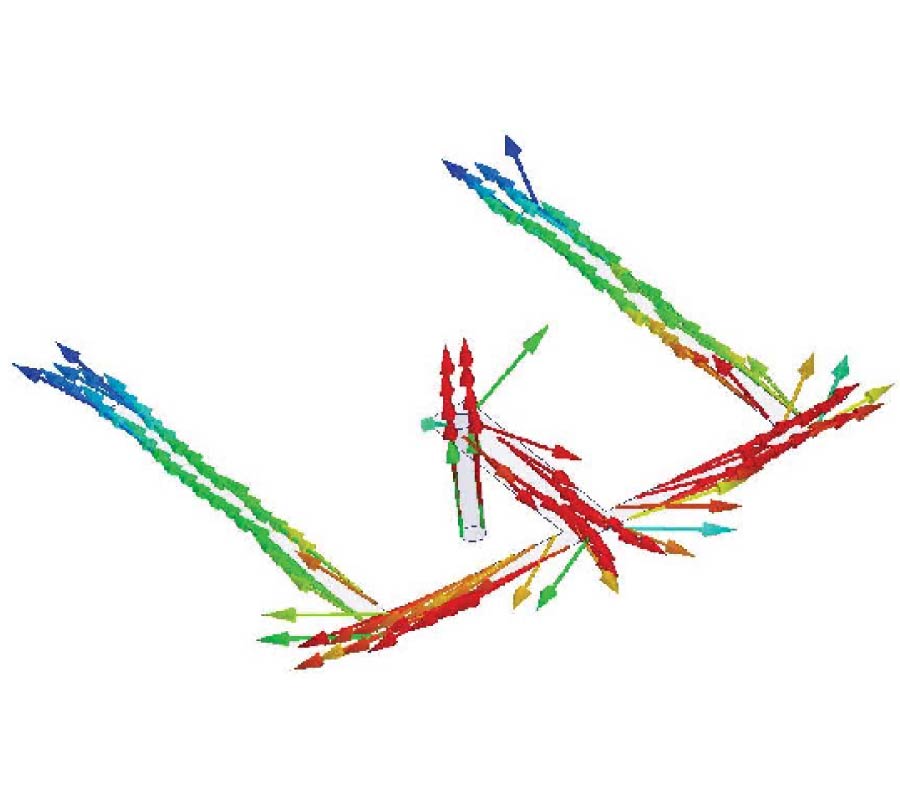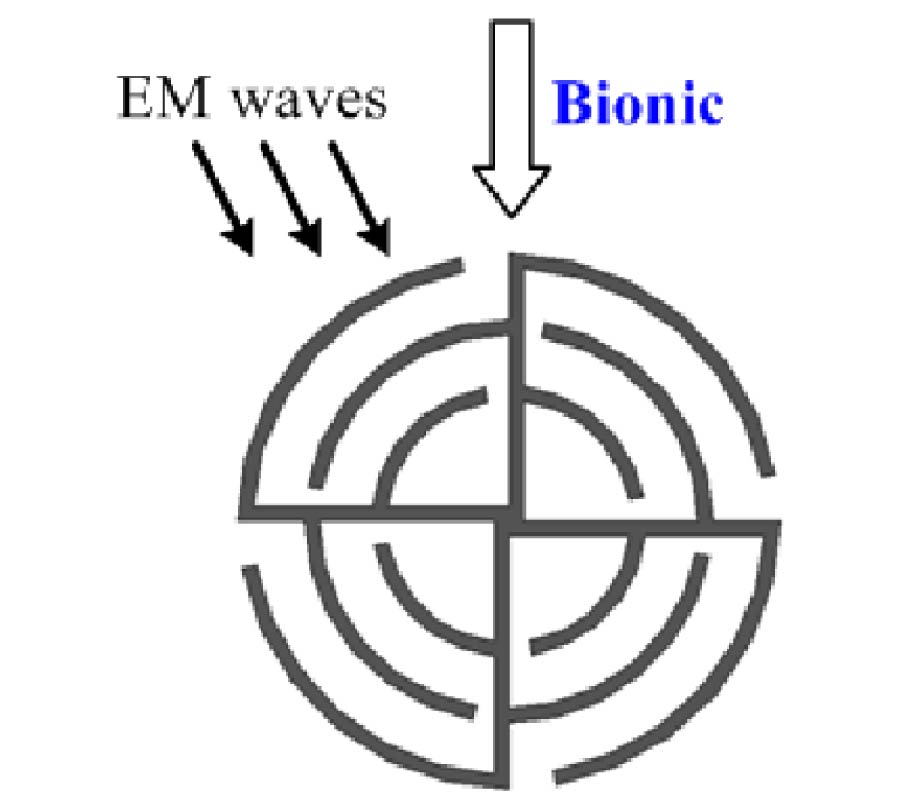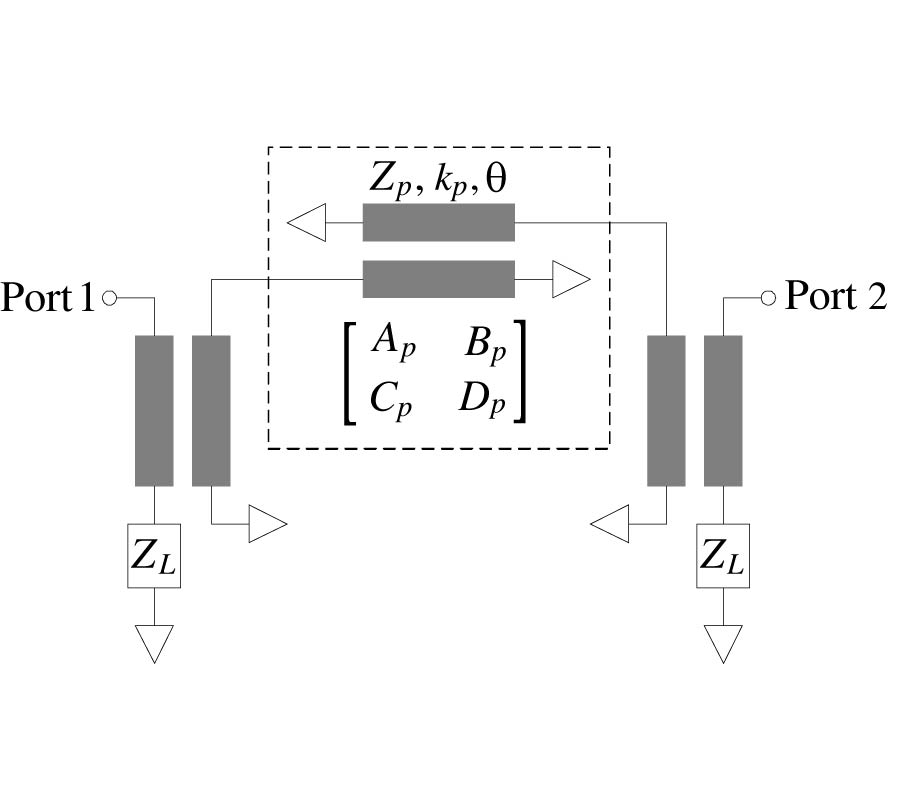A Novel Design of LTE Smart Mobile Antenna with Multiband Operation
Sheng-Ming Deng,
Ching-Long Tsai,
Jiun-Peng Gu,
Kwong-Kau Tiong and
Kuo-Wei Liu
An LTE smart mobile antenna with multiband operation is proposed to work in the bands of LTE, GSM, DCS, PCS, PHS, UMTS, Bluetooth, and WLAN. Compared with those reported in the literature, the proposed antenna features a simple and straightforward design procedure, which is composed of three easy steps. Firstly, A three-dimensional meandering monopole antenna is constructed along the edge of a rectangular PCB to act as the main radiator, resulting in the bands of LTE, DCS, and PCS, PHS, and UMTS. Secondly, a shorted stub is fabricated to excite the GSM band, and also to improve the impedance matching in the bands of LTE and GSM. Finally, the second shorted stub is added to radiate in the band of WLAN. The numerical results show that the -6 dB return-loss bandwidths are from 0.7 GHz to 0.985 GHz (0.285 GHz, 34%) in the lower band and from 1.64 GHz to 2.535 GHz (0.895 GHz, 43%) in the higher band. The corresponding measured data are from 0.7 GHz to 1.03 GHz (0.33 GHz, 38%) in the lower band and from 1.64 GHz to 2.55 GHz (0.91 GHz, 43%) in the higher band. The measured antenna gains are about 2 to 3 dBi in the lower and higher bands, respectively.
